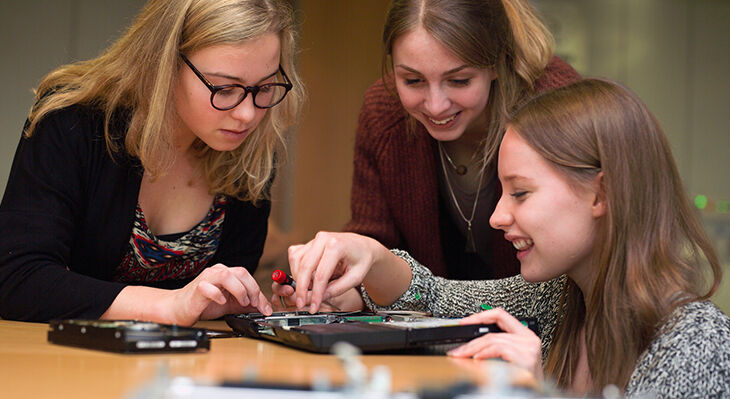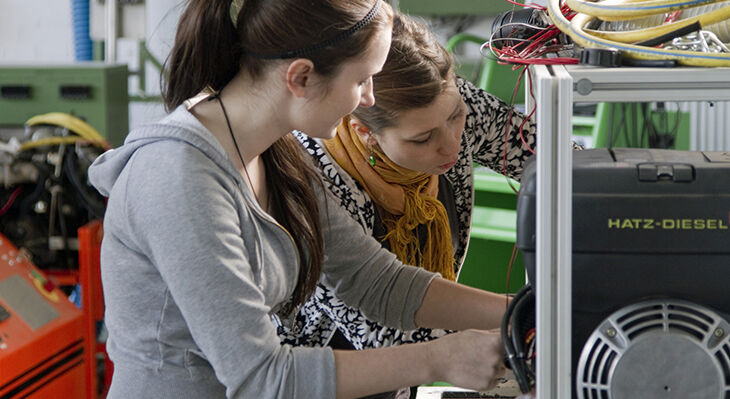Internationally, Germany’s VET (vocational education and training) system is recognized as a successful model, largely because of the dual system, which leads to high-quality vocational qualifications and enables smooth education-to-work transitions. Although it is definitely at the heart of the German VET system the dual system does not cover all aspects of the German VET system. There have been 490.267 students in the dual system but also 225.590 students who study in so called full-time vocational schools in 2017 (cf. VET Data Report Germany 2017, p. 90). The complete German VET system consists of the elements described below.






